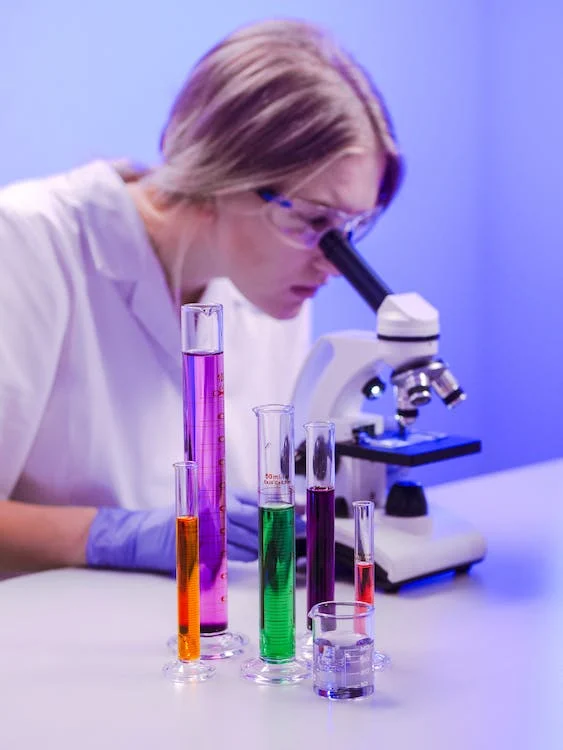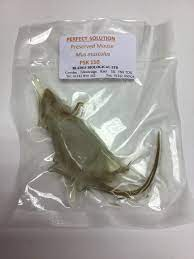Rodents and human beings have an age-long connection with each other. Where there are humans, you'll also find mice. Mice are believed to follow the same migration pathway as humans, conquering all continents in their wake. After being chased as pests for many years, mice have found a new position by our sides. Today, they're known as the best model organisms for studying diseases.
Mice are commonly recognised as one of the most biologically and genetically characterised mammals. Did you know that they were initially used for studying respiration in the seventeenth century? By the twentieth century, scientists started developing laboratory strains with mice.
We owe these tiny rodents several medical discoveries, most of which even won Nobel prizes. We may call dogs our best friend, but mice may just be human's greatest ally for scientific research.
Researchers and students can gain valuable knowledge about human functions by studying the anatomy, metabolism, and physiology of a mouse. This is where Blades Biological Ltd can help. They are the UK's leading biology science suppliers. Blades Biological is also the only supplier of Carolina Biological's preserved specimens in the country.
They provide various specimens, including mice, fish, insects, lizards etc. Whether you want to dissect these organisms or study cell structure with the help of specialised microscope slide sets, Blades Biological Ltd has got you covered!
Continue reading to learn some fascinating facts about mice.
1. Mice And Humans Share A Similar Genetic Makeup
Mice share a significant portion of their genetic makeup with humans. Many genes associated with human diseases have mouse counterparts, making mice an ideal model organism for studying human genetic disorders.
By selectively modifying specific genes in mice, scientists can better understand the function of these genes and their role in disease development.
2. Mice Have A Short Lifespan And A Fast Reproduction Rate
Since mice have a rapid reproductive cycle, researchers can study several generations in a relatively short period. This feature is advantageous for genetic studies, as it enables the observation of inherited traits and the evaluation of potential treatments across multiple generations.
Additionally, the shorter lifespan of mice facilitates the study of age-related diseases and the effects of long-term interventions.
3. They Have A Well Characterised Biology
Mice have been extensively studied, and their biology is well-characterised. This includes detailed knowledge of their anatomy, physiology, and genetics. Thus, the availability of comprehensive databases, genetic resources, and research tools for mice further supports their widespread use in scientific research.
Hence, researchers can use this knowledge to design experiments and interpret results effectively.
4. Mice Are Commonly Used For Disease Modelling
Mice are used to create models of human diseases, allowing researchers to investigate disease mechanisms and test potential therapeutic interventions. Through genetic manipulation or the introduction of specific mutations, mice can develop conditions similar to human diseases, such as cancer, diabetes, Alzheimer's disease, and cardiovascular disorders.
These models provide valuable insights into disease progression and help evaluate the efficacy of novel treatments.

5. Mice Are And Ethical Alternative For Conducting Scientific Tests
The use of mice in research helps reduce the need for studies involving human subjects or other animals. Mice are an ethical alternative for preliminary investigations before advancing to higher mammals or human clinical trials. They provide a valuable platform for testing hypotheses, exploring basic biological processes, and optimising experimental protocols before moving on to more complex models.
Moreover, these organisms also bridge the gap between basic research and clinical applications. The findings obtained from mouse studies often provide crucial information for designing and optimising therapies in humans. Hence, we can manipulate mouse genetics to study disease progression in a controlled environment. Consequentially, researchers can develop and test potential treatments that may eventually benefit human patients in the future.

Get Mice And Various Other Preserved Specimens From Blades Biological For Your Dissection Lesson
Looking for high-quality preserved specimens for your dissection lessons? Look no further than Blades Biological! They offer an extensive selection, including frogs, mice, fish and various other specimens, to enhance your educational experience.
You can also use their owl pellet dissection mat or guides for a smooth and hassle-free lesson. Their specimens are meticulously preserved, ensuring anatomical accuracy and durability.
Whether you're teaching biology, anatomy, or veterinary sciences, their collection is perfect for hands-on learning. Contact them now and elevate your dissection lessons with Blades Biological.


No comments yet